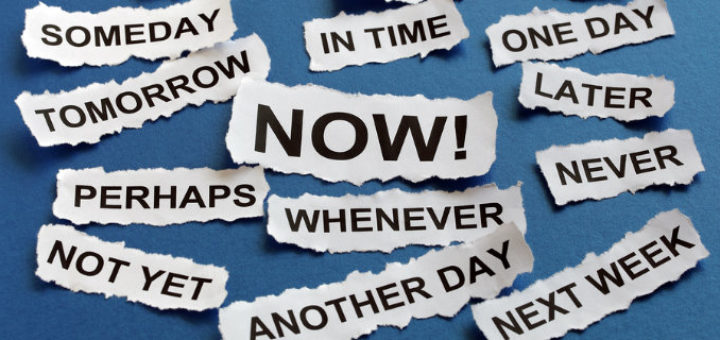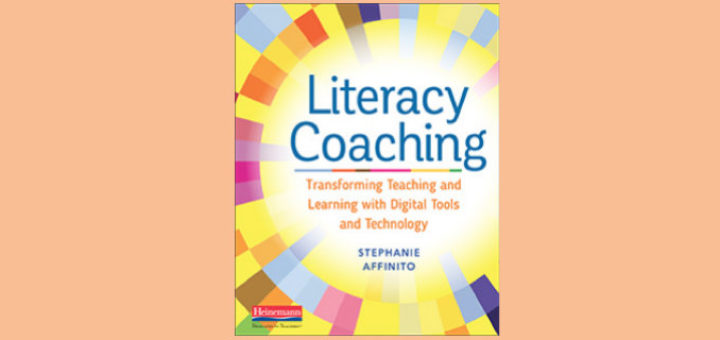Moving Past Old-School Definitions of Literacy
“I want to recognize that my students are, in fact, highly literate human beings whose understanding of literacy has been shaped by an age of screens and digital interactions,” writes ELA teacher Jason DeHart. The question becomes, how do we change to meet them where they are?






















